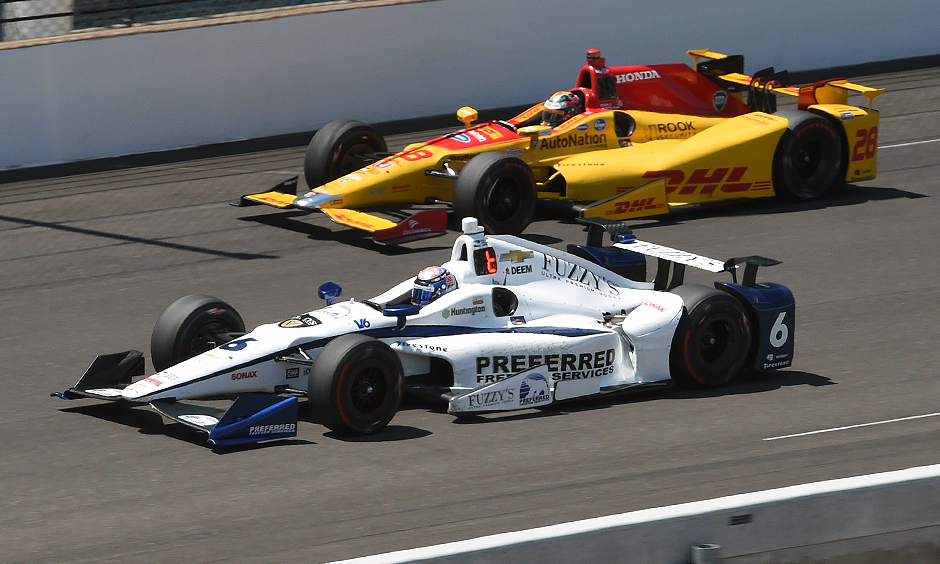Chris Kouba
Supporter
Watching the 24h yesterday, I started to think about the whole balance of performance thing and came to the open-minded conclusion that it's a total crock. What is its purpose? The only value I see it being able to provide is to coddle under-performing teams or lower the bar for sub-par race platforms. Can anyone eloquently explain why all teams aren't held to a consistent design and execution criteria?
If someone puts together a technically superior package, why are they penalized when they go faster?
I'd love to see the top levels of international racing actually be about racing and how fast we can go within a category. No BoP, DRS, or other tomfoolery... here are the rules, first one to the finish line wins.
If someone puts together a technically superior package, why are they penalized when they go faster?
I'd love to see the top levels of international racing actually be about racing and how fast we can go within a category. No BoP, DRS, or other tomfoolery... here are the rules, first one to the finish line wins.






